Features From the Issue
-
-
Features
Stone Towns of the Swahili Coast
Along 2,000 miles of the East African coast, the sophisticated trading centers of the medieval Swahili reveal their origins and influences
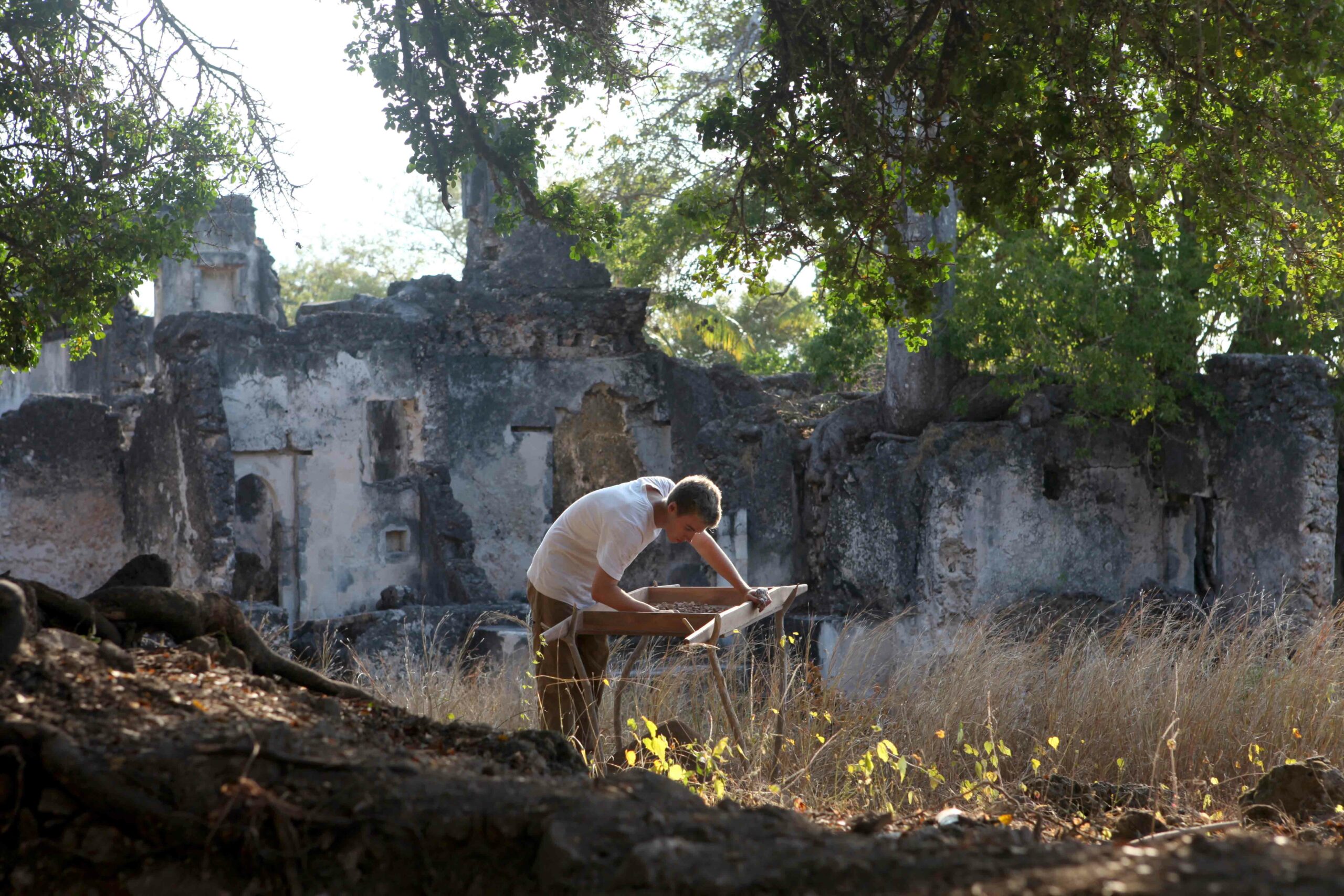 (Samir S. Patel)
(Samir S. Patel) -
Features
An Epic Conflict
After years of searching, archaeologists uncover evidence for a bloody battle between Rome and Carthage on a small Spanish hilltop
-
Features
Long Undisturbed
A remarkable Etruscan burial is discovered in Tarquinia's famed necropolis
-
Features
Child's Play
A technique developed to estimate the ages of cave artists adds the activity of children to the archaeological record
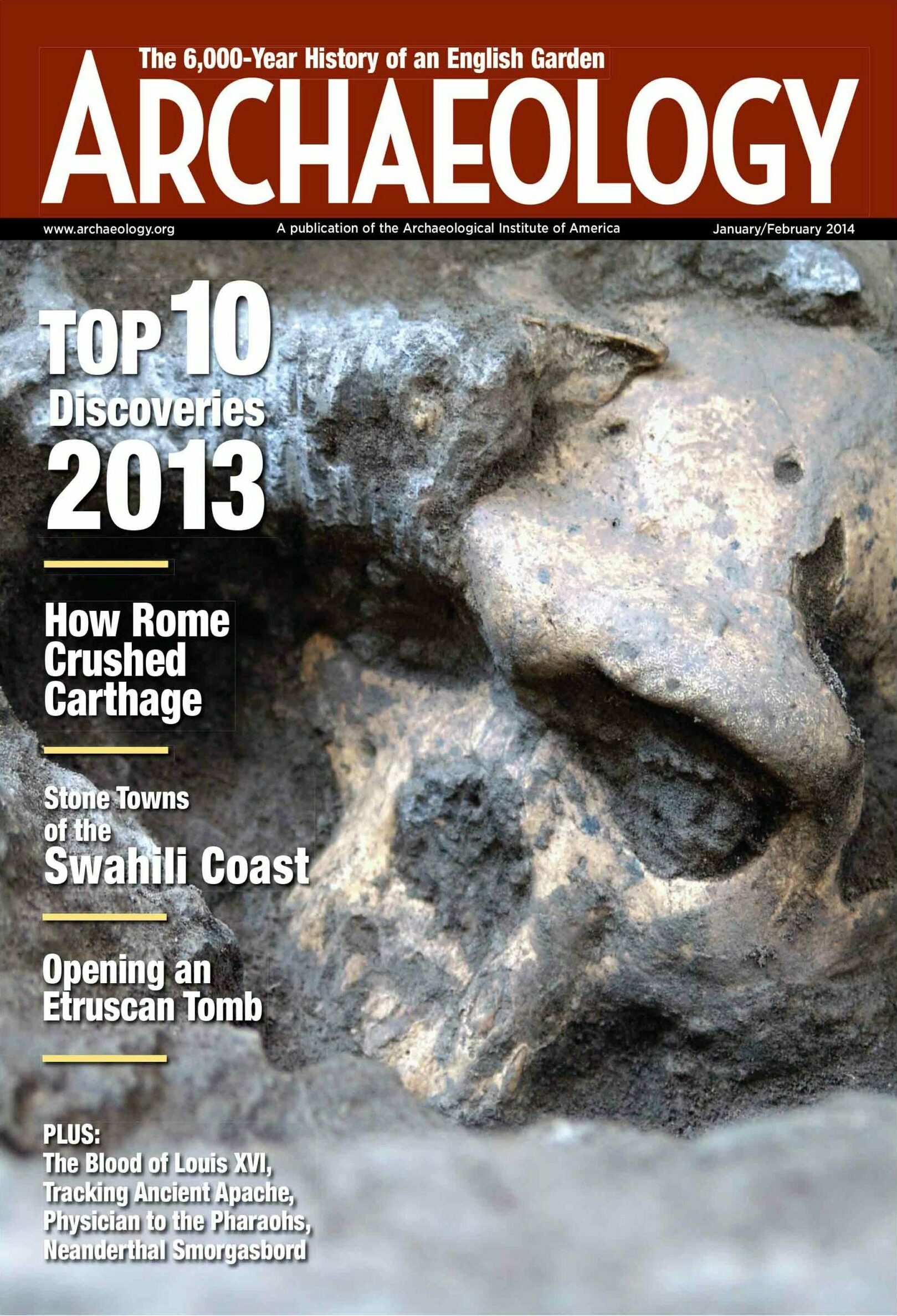
Letter from England
Letter from England
The Scientist's Garden
Excavations in an English garden reveal the evolution of the nation's culture across thousands of years

Artifact
Artifacts
Limestone Eagle
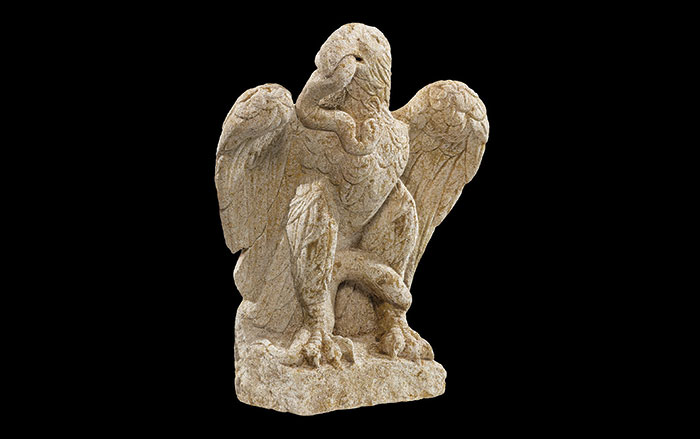
Digs & Discoveries
-
Digs & Discoveries
French Revolution Forgeries?
 (Courtesy Davide Pettener/Paolo Garagnani)
(Courtesy Davide Pettener/Paolo Garagnani) -
Digs & Discoveries
Ham Hill's Violent History
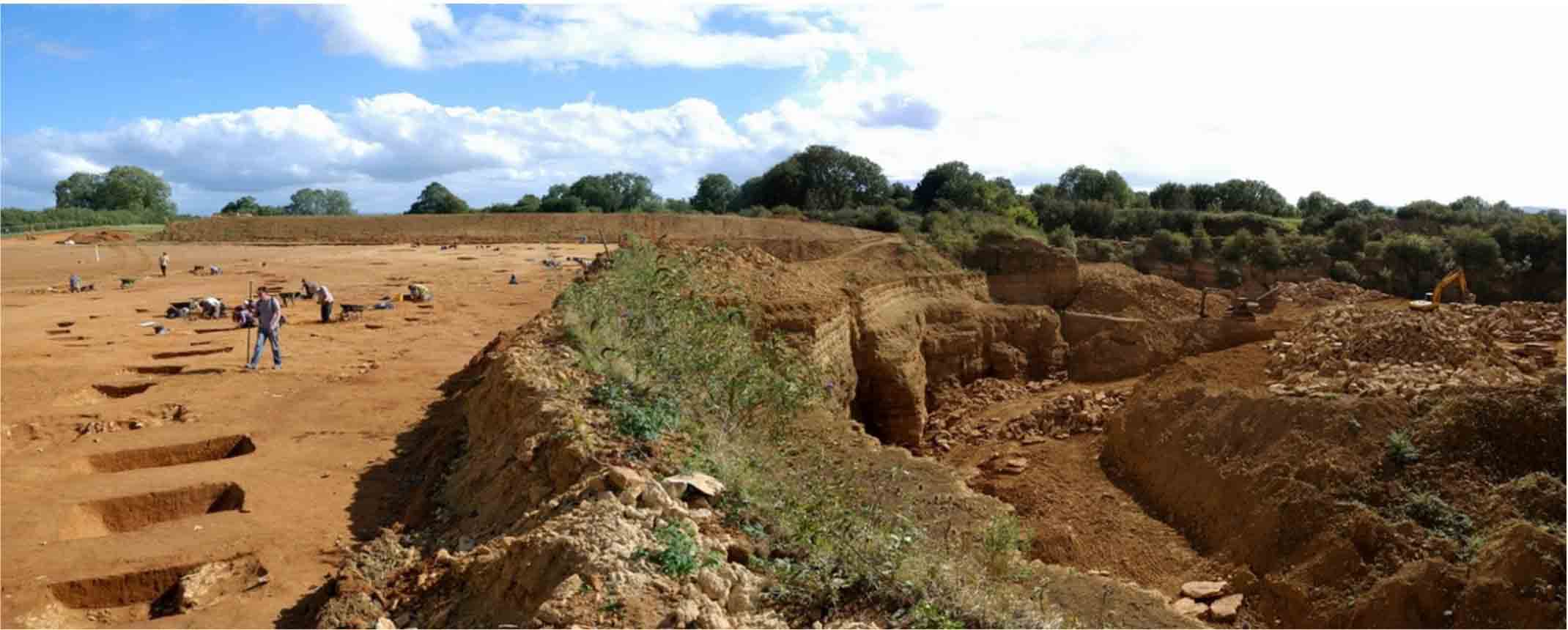 (Courtesy Marcus Brittain)
(Courtesy Marcus Brittain) -
Digs & Discoveries
Tracking the Ancient Apache
 (Courtesy Deni J. Seymour)
(Courtesy Deni J. Seymour) -
Digs & Discoveries
The Well-Dressed Dead
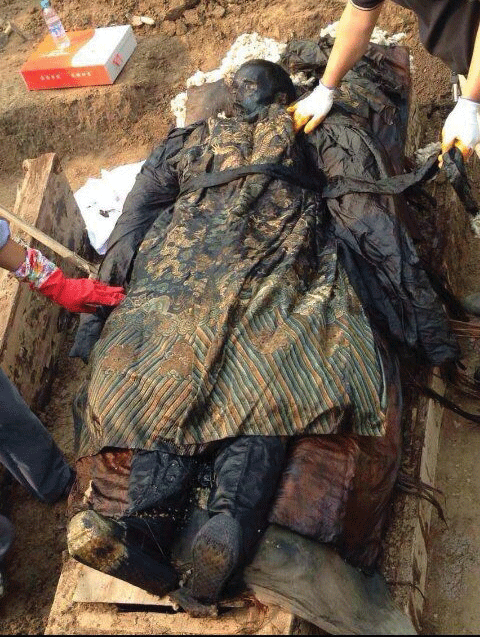 (Imaginechina)
(Imaginechina) -
Digs & Discoveries
Lego Supports Slumping Mummy
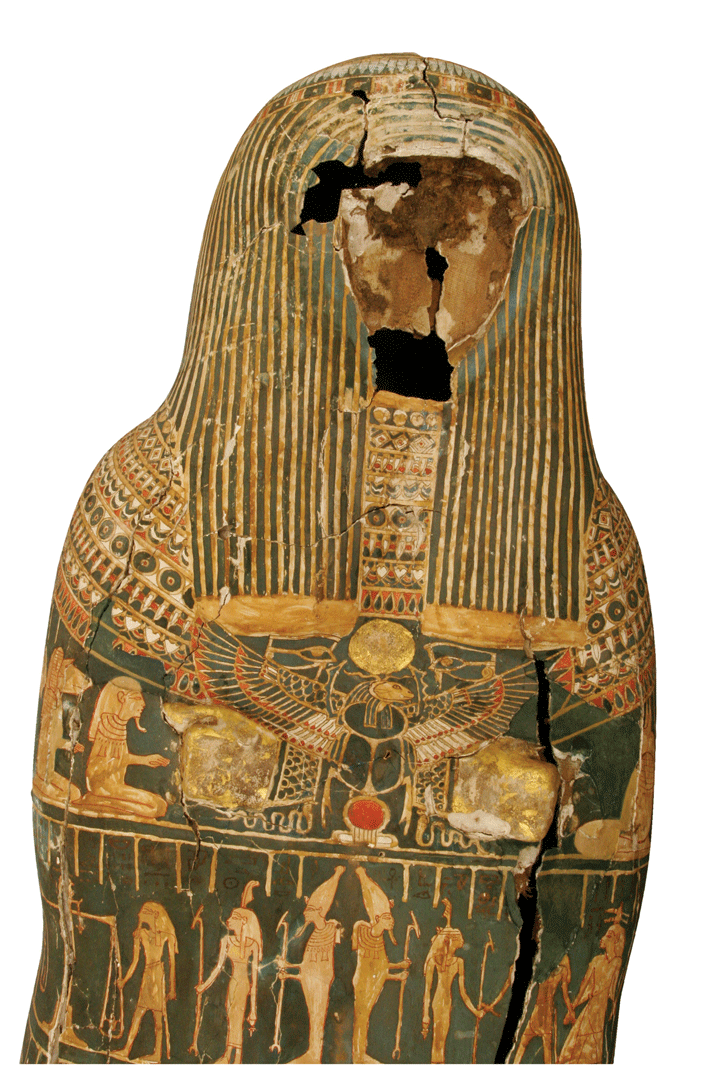 (Courtesy Sophie Rowe © Fitzwilliam Museum, Cambridge)
(Courtesy Sophie Rowe © Fitzwilliam Museum, Cambridge) -
Digs & Discoveries
Mississippian Burning
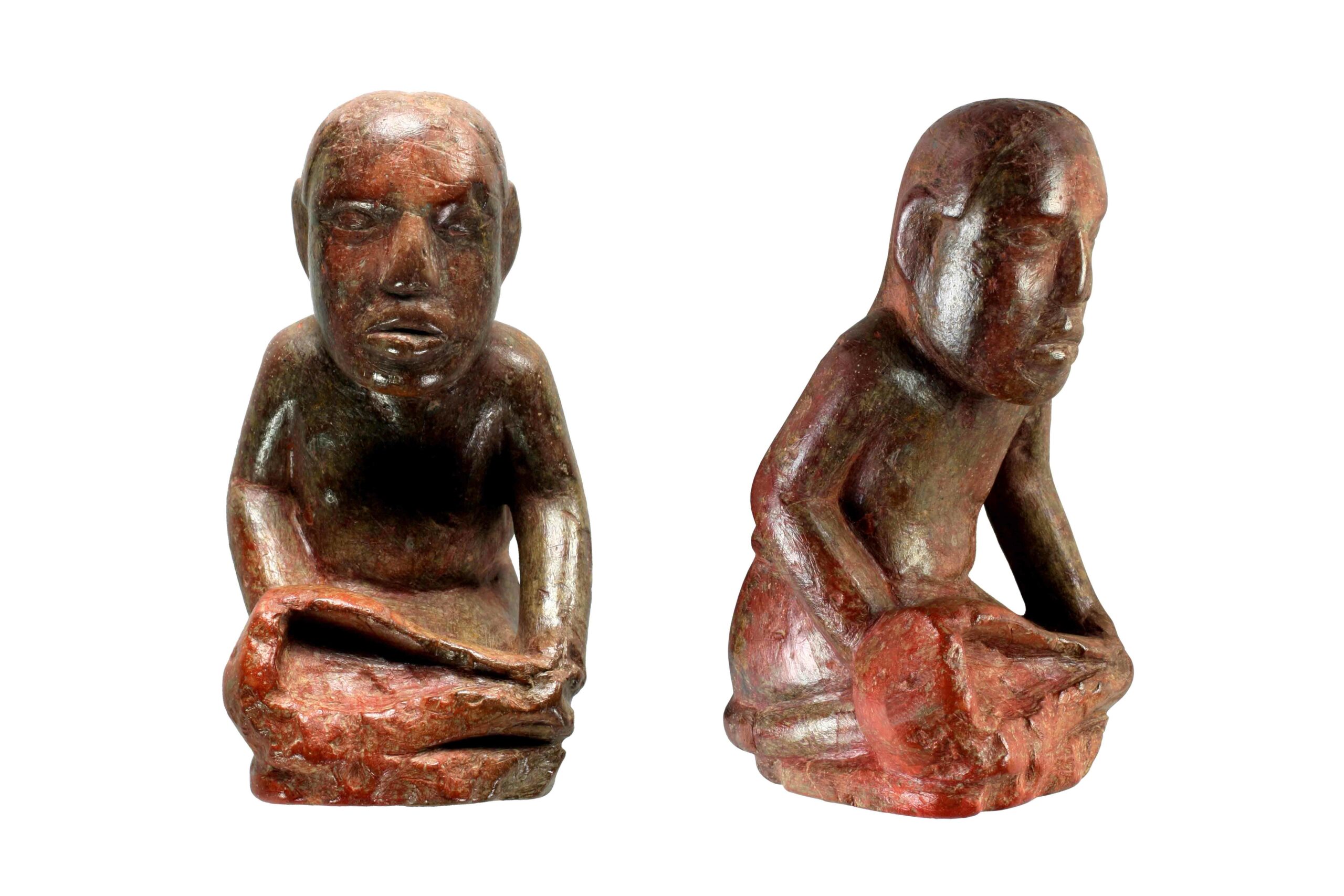 (Courtesy Illinois State Archaeological Survey)
(Courtesy Illinois State Archaeological Survey) -
Digs & Discoveries
A Final Journey by Horse
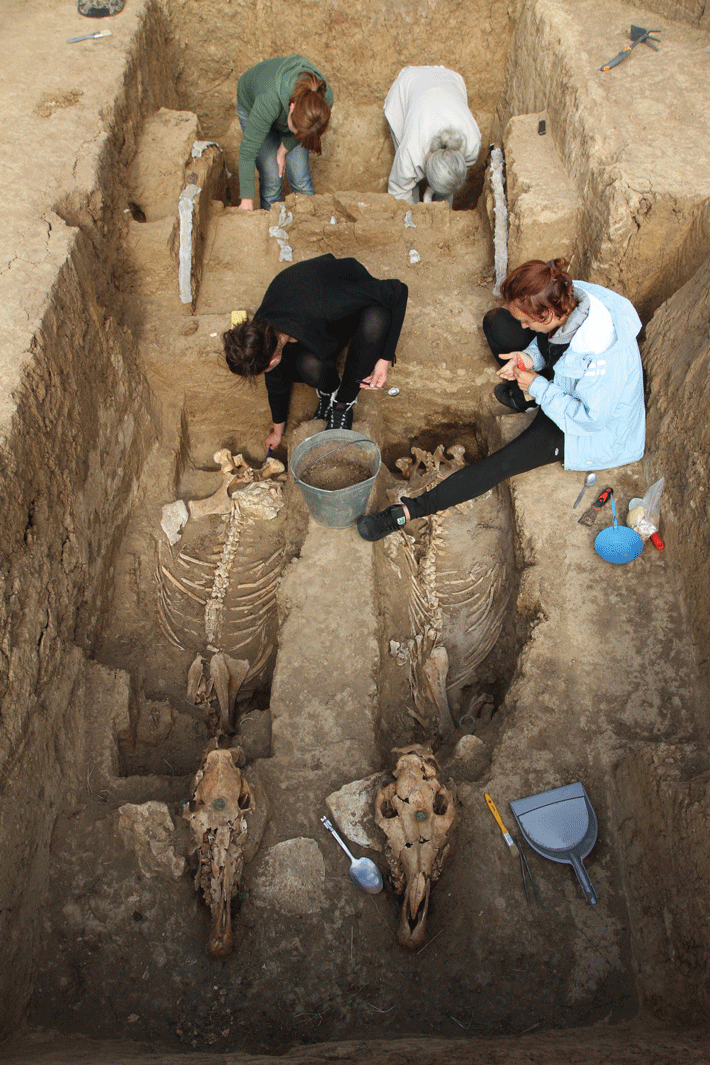 (Impact Press Group)
(Impact Press Group) -
Digs & Discoveries
Neanderthal Smorgasbord
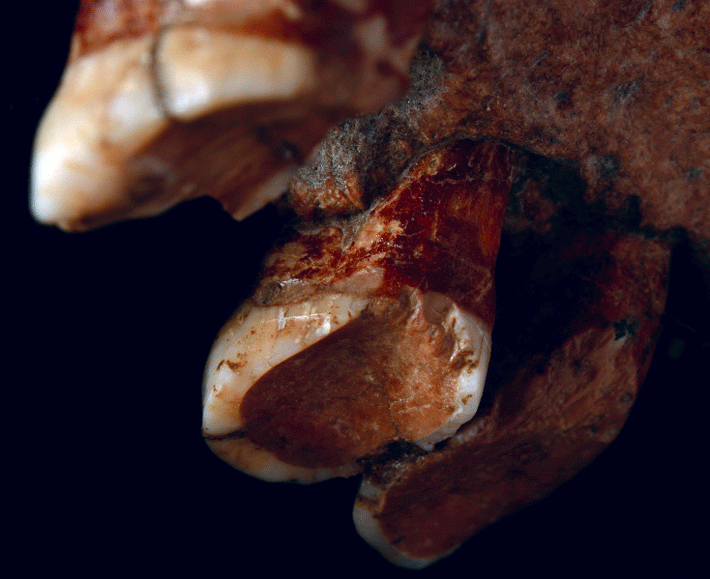 (Courtesy Marina Lozano Ruiz and Carlos Lorenzo)
(Courtesy Marina Lozano Ruiz and Carlos Lorenzo) -
Digs & Discoveries
Point-and-Shoot Obsidian Analysis
 (Courtesy Ellery Frahm, University of Sheffield)
(Courtesy Ellery Frahm, University of Sheffield) -
Digs & Discoveries
Idu: Lost City of Northern Iraq
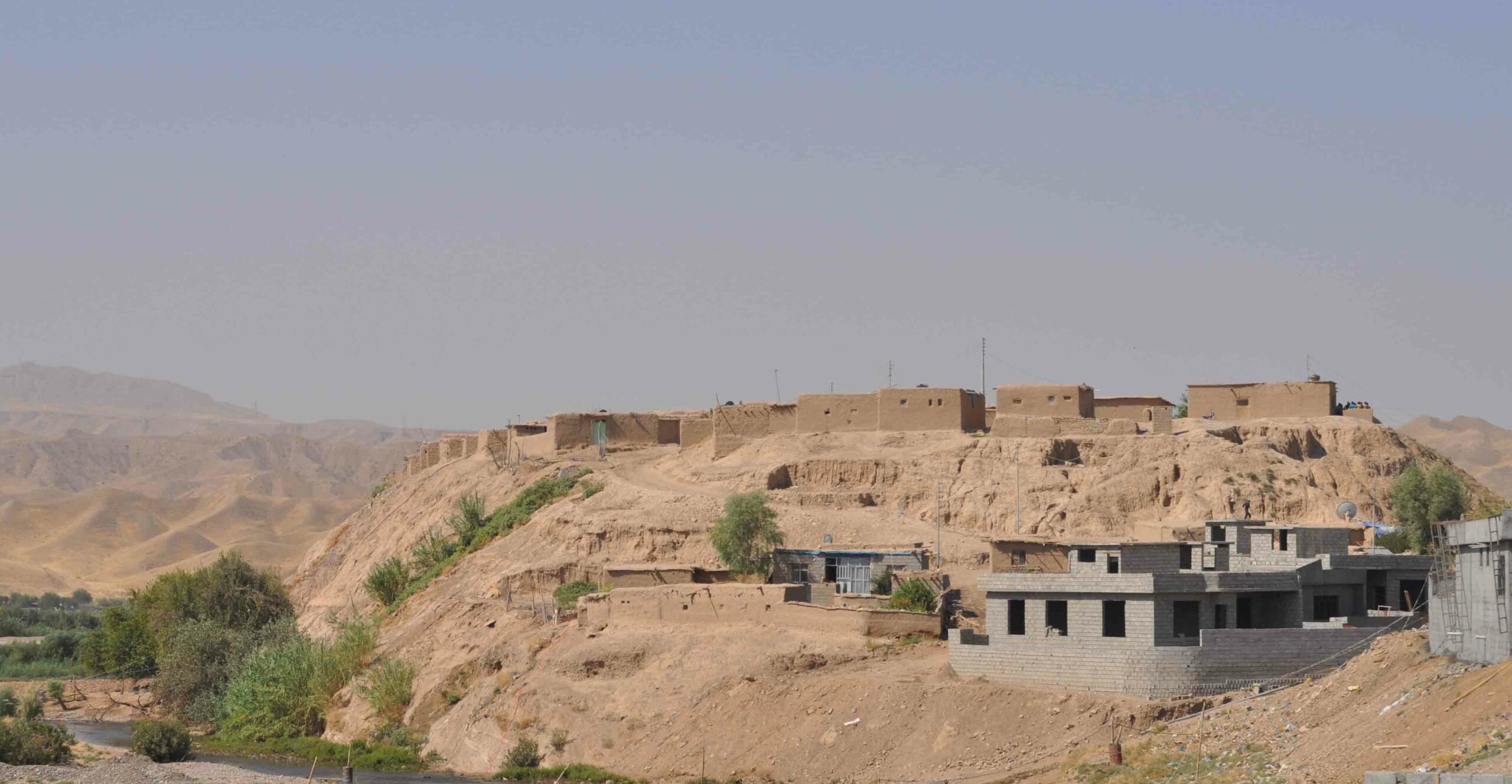 (Courtesy Cinzia Pappi)
(Courtesy Cinzia Pappi) -
Digs & Discoveries
Thorfinn the Mighty's Thing
 (Courtesy Oliver O'Grady)
(Courtesy Oliver O'Grady) -
Digs & Discoveries
The Doctor Is In
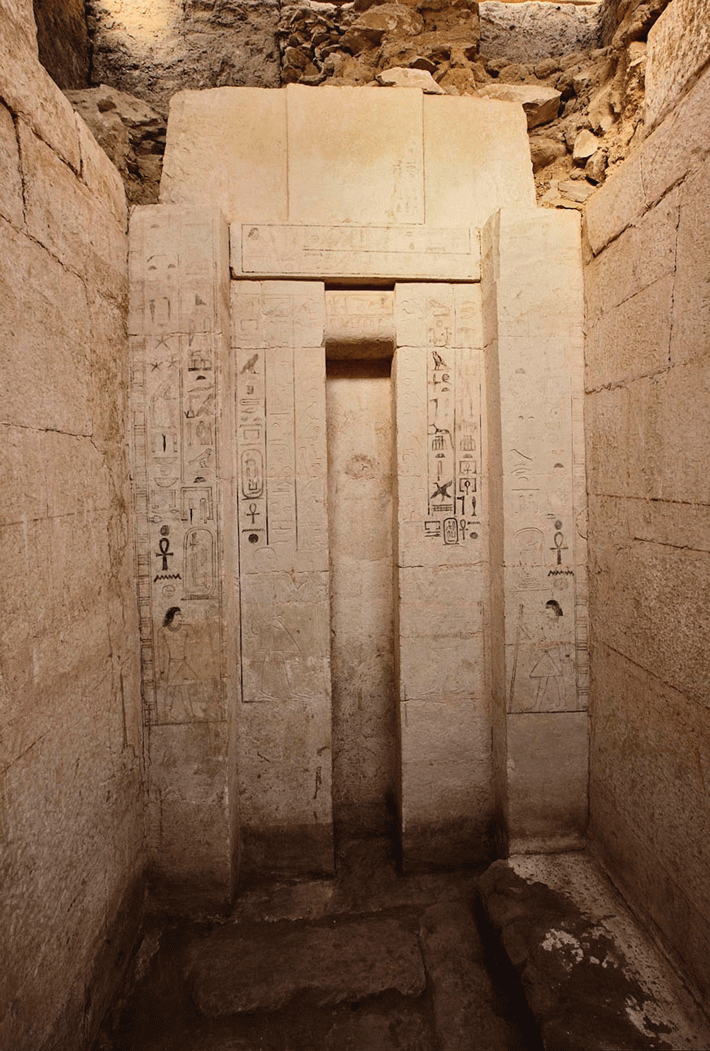 (Courtesy Miroslav Bárta, Czech Institute of Egyptology)
(Courtesy Miroslav Bárta, Czech Institute of Egyptology) -
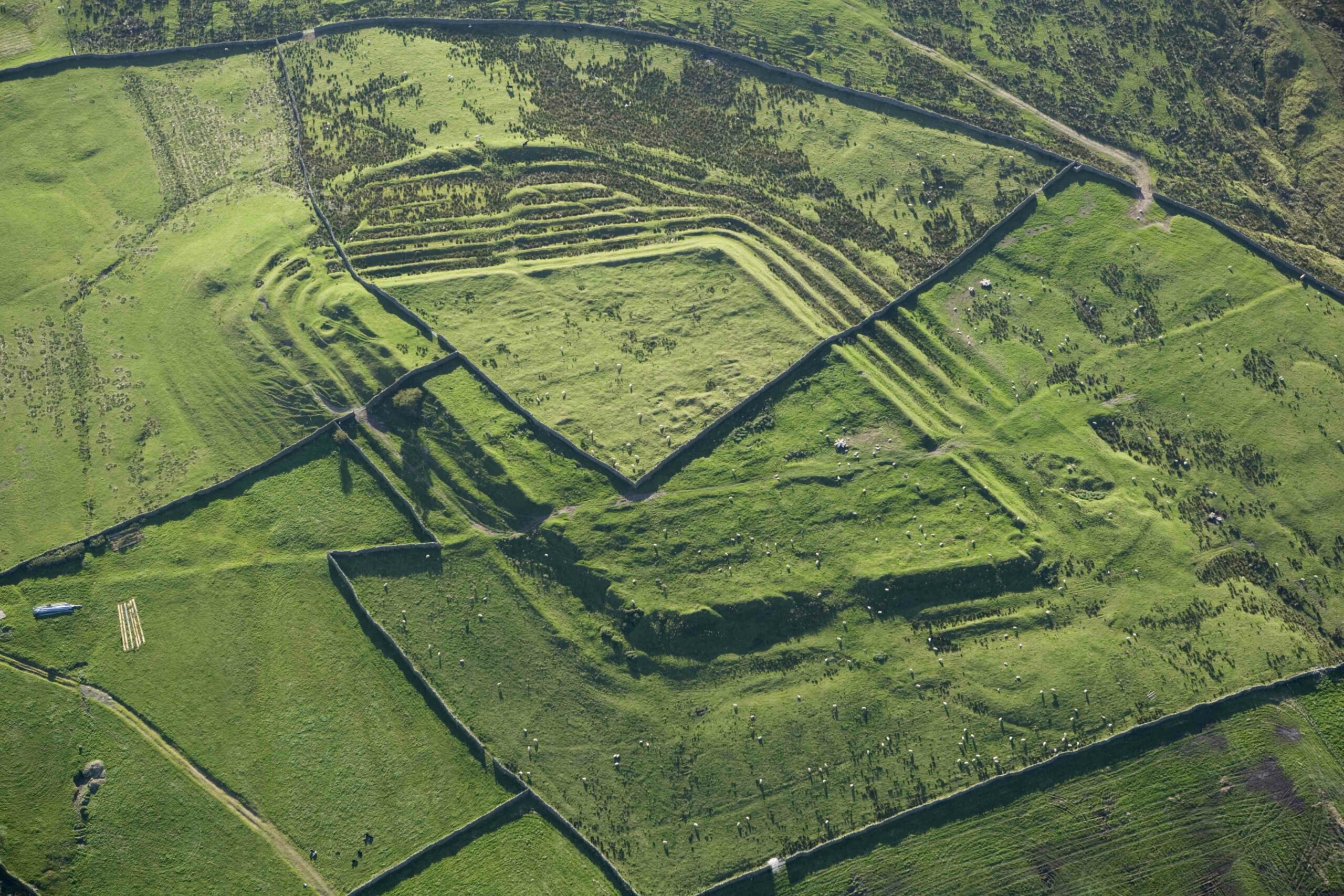 (iStockphoto, Courtesy Felix Biermann, iSockphoto, © English Heritage, Courtesy Alan Antczak, U.S. Navy photographer, U.S. Navy photo by Mass Communication Specialist 2nd Class David Cothran)
(iStockphoto, Courtesy Felix Biermann, iSockphoto, © English Heritage, Courtesy Alan Antczak, U.S. Navy photographer, U.S. Navy photo by Mass Communication Specialist 2nd Class David Cothran) -
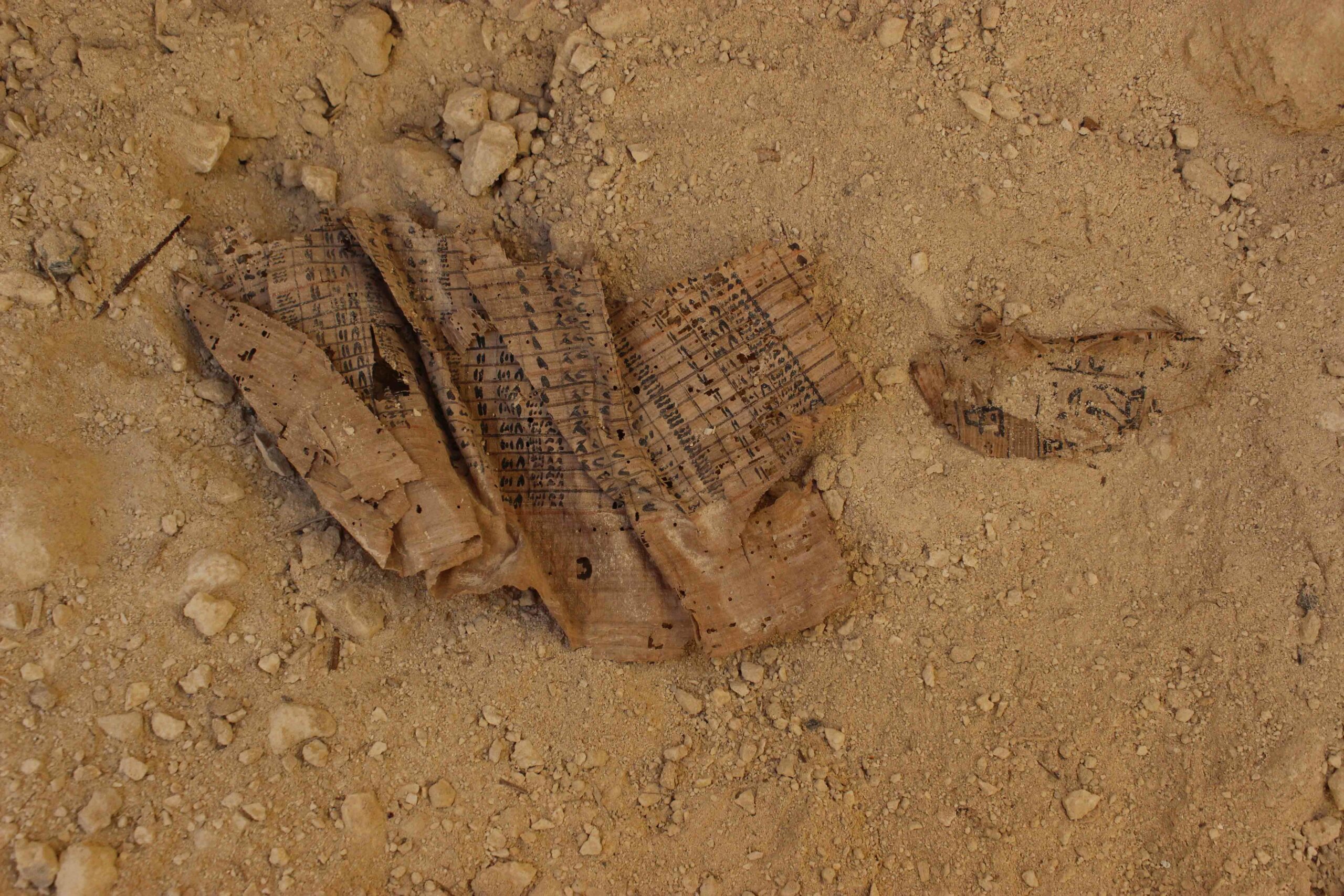
-
 (Courtesy Smithsonian Institution/Don Hurlbert and Preservation Virginia)
(Courtesy Smithsonian Institution/Don Hurlbert and Preservation Virginia) -
 (Courtesy Damian Evans, University of Sydney)
(Courtesy Damian Evans, University of Sydney) -
 (Courtesy Larry Benson)
(Courtesy Larry Benson) -
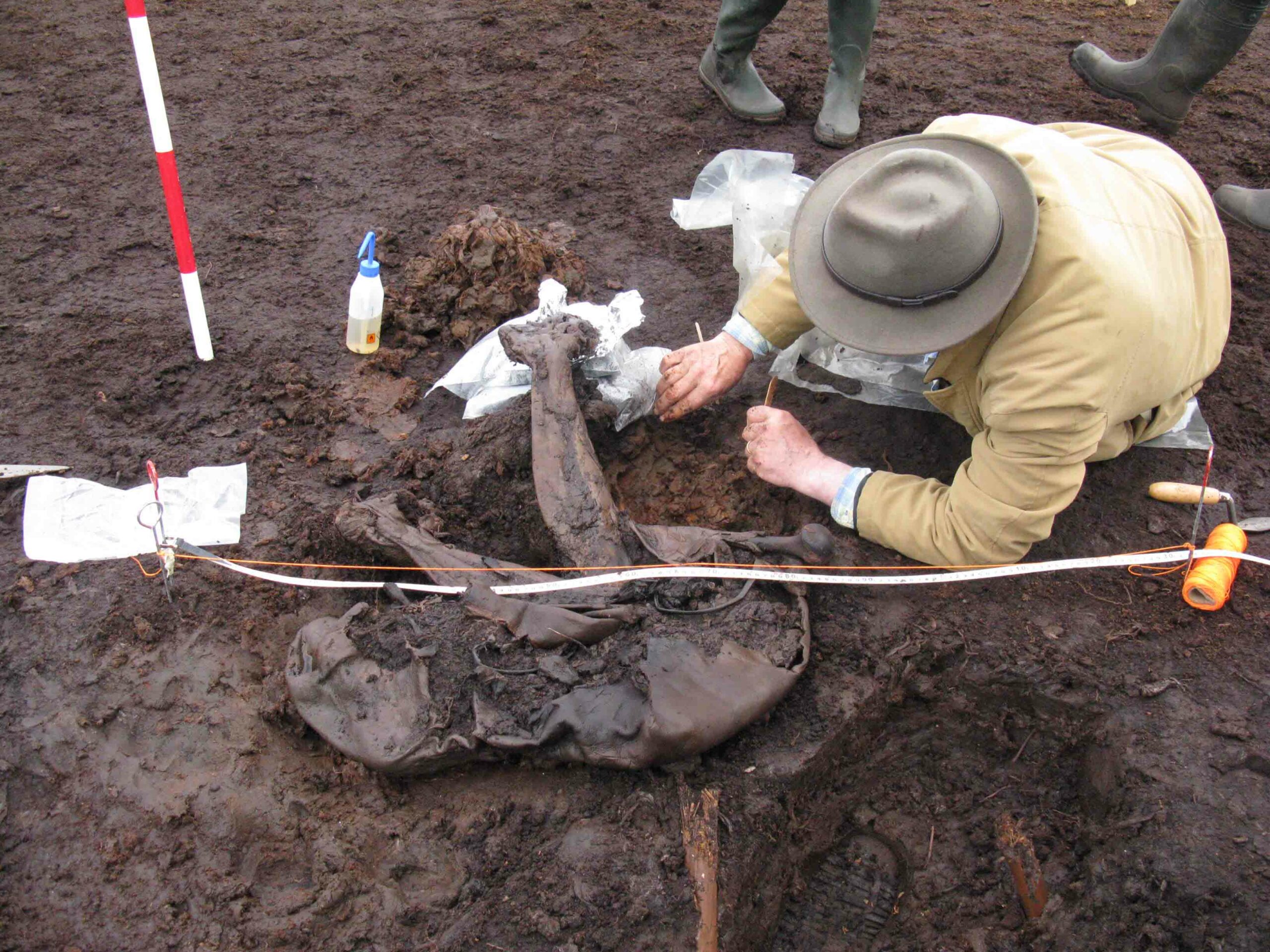 (Courtesy Eamonn Kelly)
(Courtesy Eamonn Kelly) -
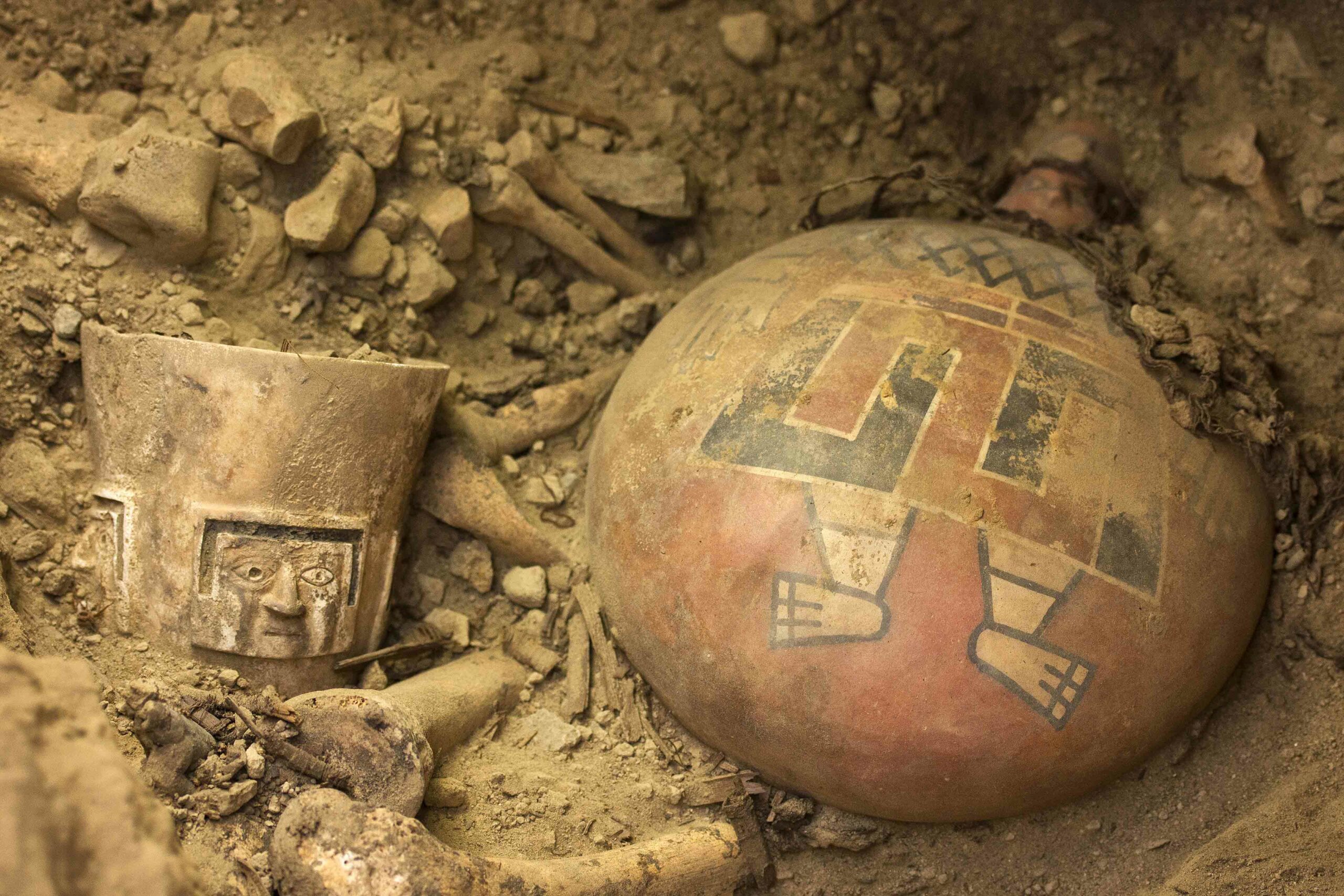 (Courtesy Patrycja Przadka Giersz)
(Courtesy Patrycja Przadka Giersz) -
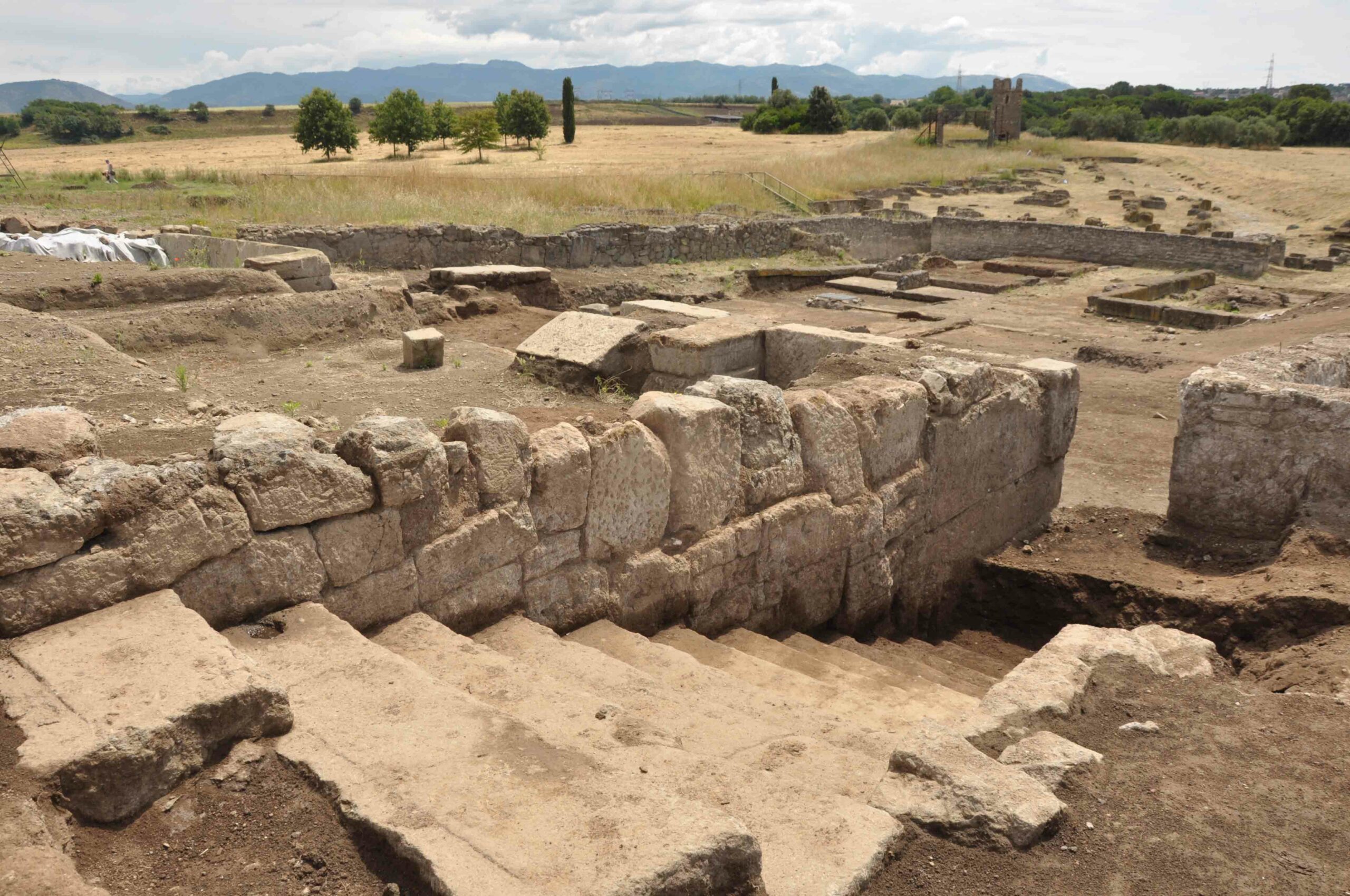 (Courtesy Anna Gallone/The Gabii Project)
(Courtesy Anna Gallone/The Gabii Project) -
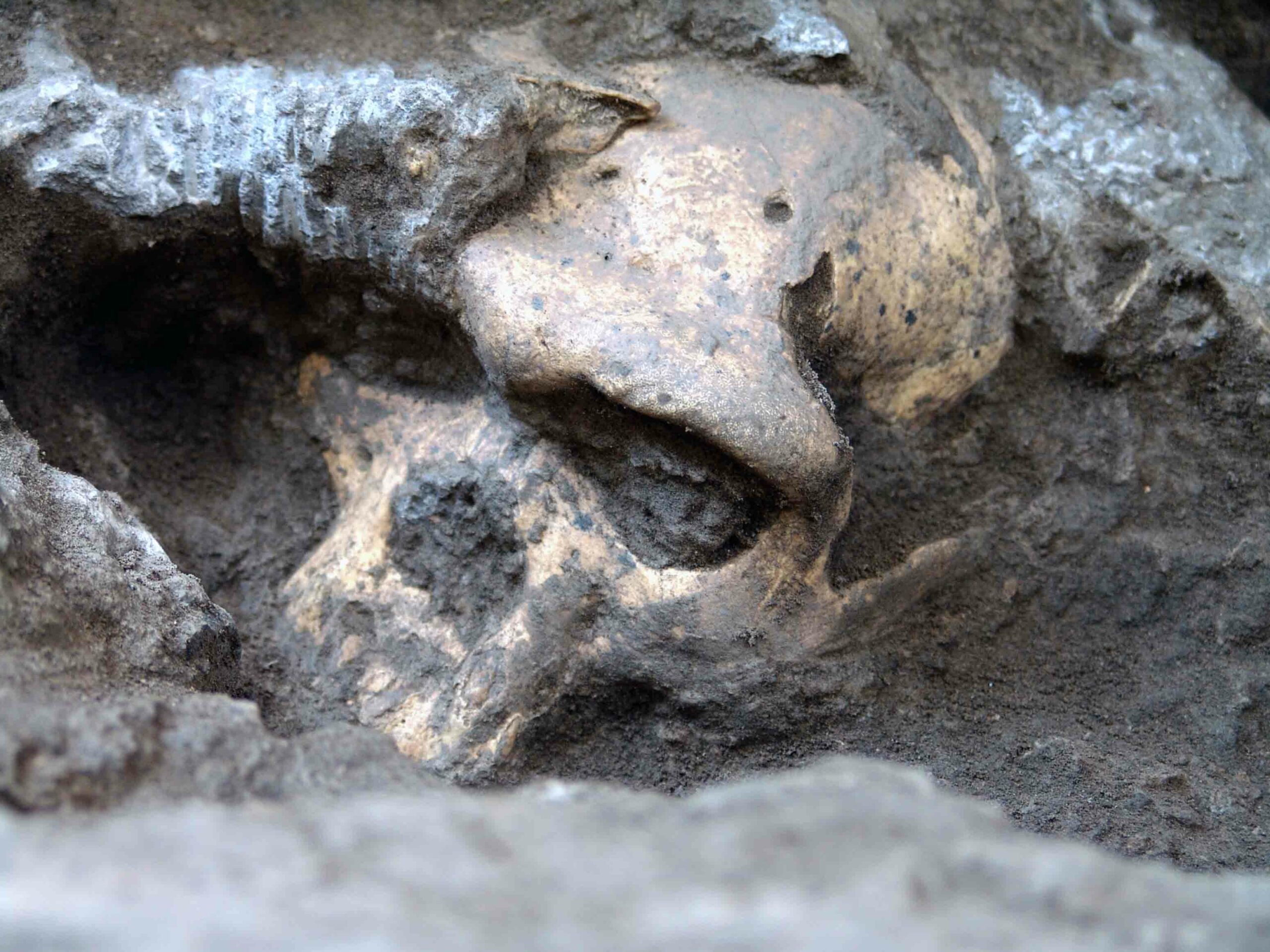 (Photo courtesy of Georgian National Museum)
(Photo courtesy of Georgian National Museum)
Off the Grid
Off the Grid January/February 2014
Old Town Prague, Czech Republic
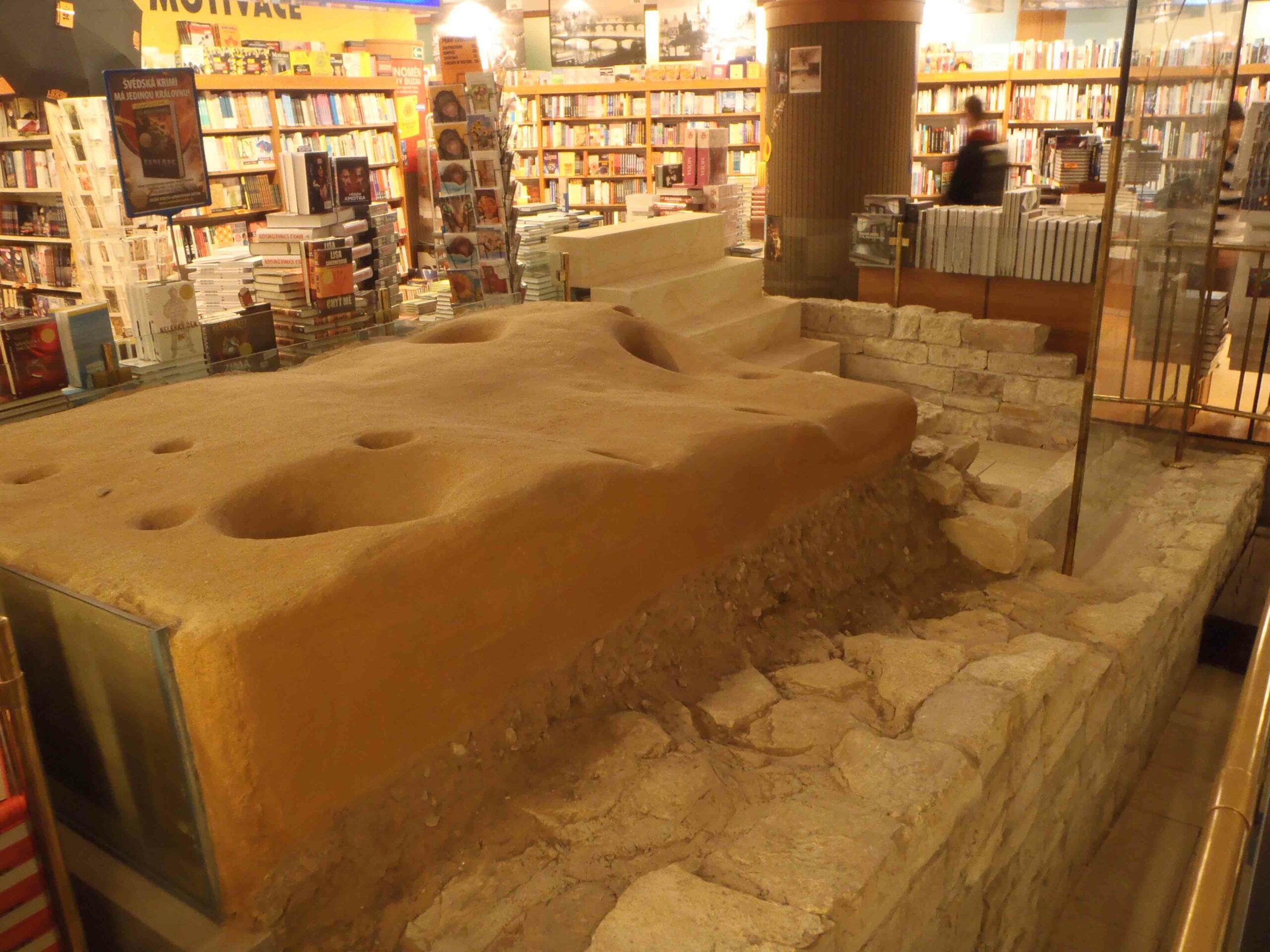
Around the World
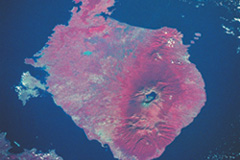
INDONESIA

INDONESIA: Medieval chronicles cite 1258 as a bad year, when a cold, rainy summer led to flooding and terrible harvests. Ice core data point to a volcanic eruption as the cause, but despite decades of looking, volcanologists have yet to finger a culprit. New radiocarbon dates and geological data now point to Samalas volcano on Lombok Island. Samalas, whose eruption might have buried Pamalas, capital of the Lombok kingdom, now stands beside Toba (around 70,000 years ago), Tambora (1815), and Krakatau (1883) as Indonesian volcanoes that disrupted climate worldwide. —Samir S. Patel
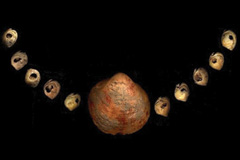
LEBANON

LEBANON: New dating of shell beads casts doubt on the traditional theory that humans first made their way out of Africa and into Europe by going through the Near East. The beads come from a site where human remains were excavated decades ago and then were subsequently lost. They date to around 42,000 years ago, roughly the same time that modern humans appear in Europe. The fact that there appears to be no lag between humans arriving in different places suggests there might have been more than one route out of Africa. —Samir S. Patel
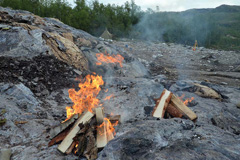
NORWAY

NORWAY: It can be hard to mine stone for making tools when your mining implements are also made of stone. At the Melsvik chert quarry, early Mesolithic people likely used a more efficient technique for extracting stone from the dense deposit—small bonfires to create temperature differentials high enough to crack the rock. Archaeologists conducted experiments that confirm that the method works—the cracking rock sounded like popping corn—and makes extraction features similar to ones observed elsewhere at the site. —Samir S. Patel

